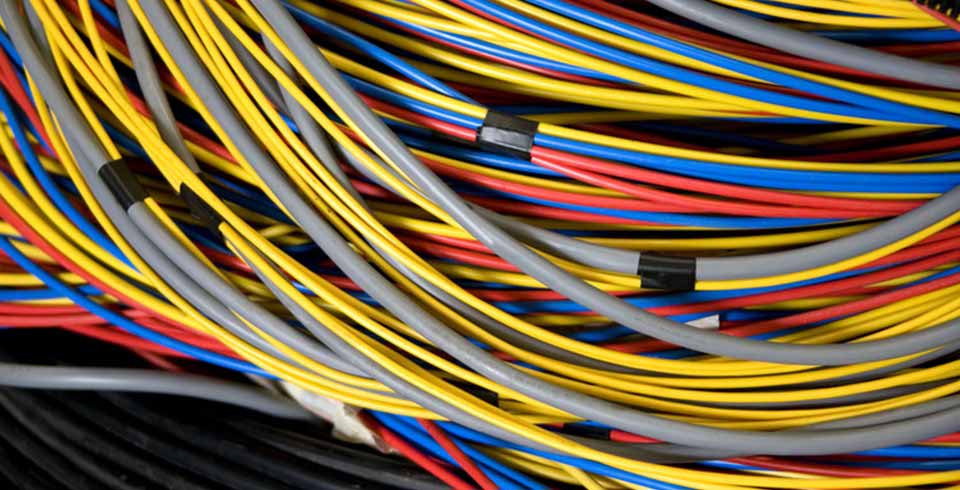
Wires and cables are integral to the function of countless devices and systems, both in our homes and workplaces. Over time, just like any other tool or device, they undergo wear and tear. Recognizing the difference between minor issues that are fixable and major problems requiring replacement is vital for safety and functionality.
The Wear and Tear Dilemma
Every wire or cable, irrespective of its quality, is prone to wear and tear. External factors, such as friction from surrounding objects, exposure to heat, or even prolonged tension, can lead to degradation. This wear and tear can manifest as exposed wires, loss of insulation, or even erratic performance in the devices they connect. Ignoring these signs not only affects the efficiency of the device but can also pose potential safety hazards.
Fixable Problems and Their Solutions
Not every sign of wear spells doom for your wires and cables. Some issues can be rectified, ensuring longevity and sustained performance. For instance:
- Minor Insulation Tears: Occasional tears in the insulation, especially if they are small and the internal wire isn’t exposed, can be mended using electrical tape. This acts as a protective cover and prevents further tearing.
- Loose Connections: Sometimes, the problem isn’t with the cable itself but where it connects. Tightening connection points or using a contact cleaner can remedy this.
- Intermittent Function: If a wire or cable only functions when held in a particular manner, it might have a loose internal connection. While not a permanent solution, using a supportive clip or tie can maintain its position and ensure continued functionality.
When Replacement is the Only Way
However, there are circumstances when the damage is too extensive, and patch-up jobs won’t do. Here’s when you should consider replacing your wires and cables:
- Exposed Wires: When the protective insulation wears off, exposing the internal wires, it’s a clear sign that the cable is past its prime. This can lead to short circuits or even fires.
- Persistent Device Malfunction: If a device consistently malfunctions or doesn’t power up, and other troubleshooting doesn’t identify an issue with the device itself, the cable might be the culprit.
- Physical Damage: Signs like deep cuts, extreme fraying, or burns indicate that the cable has suffered significant physical damage and is no longer safe for use.
Conclusion: Prioritizing Safety and Functionality
The lifespan of wires and cables largely depends on usage, environmental factors, and the quality of the cable itself. While minor issues can often be fixed, ensuring extended usability, it’s crucial to recognize when a replacement is necessary. Regular inspection and timely intervention will not only enhance device performance but will also ensure safety. Remember, when in doubt, it’s always better to err on the side of caution and consider replacing the wire or cable.

